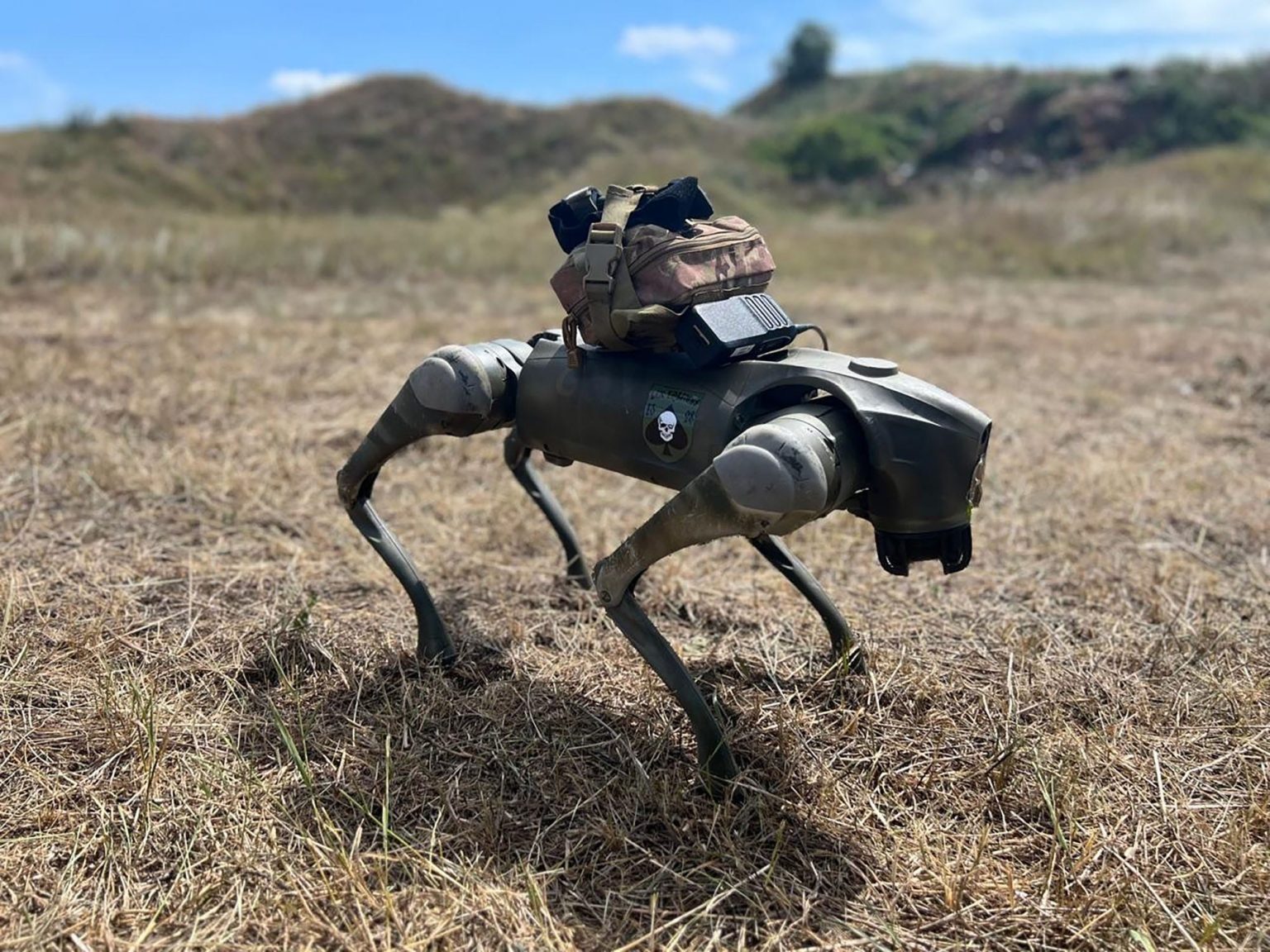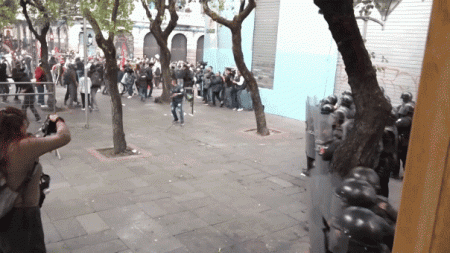The United Kingdom has provided Ukraine with robotic “war dogs” that are assisting troops on the battlefield and intimidating Russian troops. These robot dogs, known as the Brit Alliance Dog 2 (BAD2), have demonstrated exceptional mobility and agility in delivering equipment and performing reconnaissance tasks on the battlefield. Each unit costs around $9,000 to produce and has the potential to become a cornerstone of modern military logistics. These robots utilize remote-sensing technology and a thermal-infrared camera to navigate complex and hostile environments, moving at over 9 mph for five hours over a distance of two miles.
Ukrainian troops have already deployed over 30 of these robot dogs, effectively turning them into sophisticated land drones. The Brit Alliance company has promised to update the units based on feedback from the Ukrainian troops, with plans to make them act as kamikaze drones against vehicles or enemy soldiers. The commander of the Kurt & Company, which operates with the robots, mentioned that the robots could save soldiers’ lives and expressed satisfaction at the prospect. The company is currently working on modernizing the robodogs to suit their needs before deploying them en masse on the battlefield.
Russia has responded to Ukraine’s use of robotic drones with its own land-based drones, such as the Scorpion-M, which resemble remote-controlled cars. These drones have kamikaze capabilities and have been used to destroy underground hideouts and other facilities in the Donetsk region. The Scorpion-M can carry up to 55 pounds of explosives and is difficult to jam, making it an effective tool in combat. However, experts believe that the BAD2 robots have better maneuverability and could potentially outperform the Russian drones on the battlefield.
Drones, both aerial and land-based, have played a significant role in the ongoing conflict in Ukraine, with each side leveraging them for strategic advantage. Ukraine’s use of drones, such as the “Sea Baby” drone, has proven effective in targeting key infrastructure and causing damage. Russian forces have also adapted to the use of drones, utilizing them to carry out precision strikes against enemy targets. The deployment of advanced robotic technology in warfare signals a shift towards more technologically advanced and unconventional warfare tactics.
The introduction of robotic “war dogs” on the battlefield has caused a stir among Russian troops, who are reportedly frightened by the capabilities of these advanced machines. The BAD2 units have been hailed for their ability to navigate difficult terrain, deliver critical equipment, and perform reconnaissance tasks with precision. The Brit Alliance company is committed to making further enhancements to the robot dogs based on feedback from Ukrainian troops, with plans to fully integrate them into modern military logistics. The use of robotic drones in warfare represents a new era of military technology and tactics, with both sides seeking to leverage advanced technology to gain a strategic edge in the conflict.
As the conflict in Ukraine continues to escalate, both sides are exploring innovative ways to utilize drones and robotic technology in combat. The use of kamikaze drones and sophisticated land drones like the BAD2 units demonstrates the evolving nature of warfare in the modern era. Both Ukrainian and Russian forces are adapting to the use of drones for reconnaissance, targeting, and combat operations, marking a shift towards more technologically driven warfare strategies. The competition between the two sides to deploy advanced robotic technology on the battlefield highlights the increasing importance of unmanned systems in modern warfare and the potential impact they can have on the outcome of conflicts.













